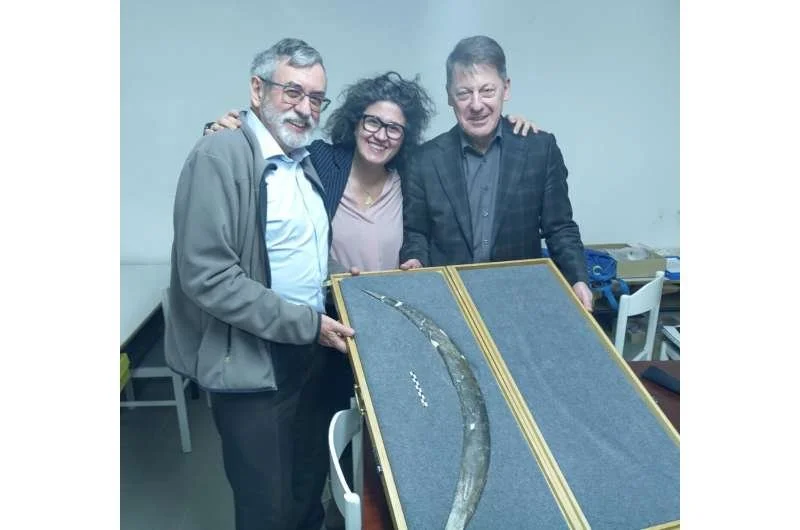Introduction
The Rosetta Stone is one of the most significant archaeological discoveries in history, providing the key to deciphering Egyptian hieroglyphs. Discovered in 1799 by French soldiers in the town of Rosetta (modern-day Rashid) in Egypt, this artifact has fascinated scholars and historians for over two centuries. Despite its crucial role in understanding ancient Egyptian language and culture, the Rosetta Stone still holds unresolved mysteries. This article explores the historical significance, decipherment, and lingering enigmas surrounding this iconic artifact.
Discovery and Composition
The Rosetta Stone is a granodiorite stele inscribed with a decree issued in 196 BCE during the reign of Ptolemy V. The decree is written in three scripts:
Hieroglyphic script – used for religious and official inscriptions.
Demotic script – a common script for daily Egyptian use.
Ancient Greek – the administrative language of the Ptolemaic rulers.
The presence of Greek, a well-understood language, allowed scholars to make comparisons and eventually crack the code of Egyptian hieroglyphs.
Decipherment and Linguistic Breakthrough
For centuries, Egyptian hieroglyphs remained undeciphered, preventing a full understanding of ancient Egyptian texts. The breakthrough came in the early 19th century when two scholars, Thomas Young and Jean-François Champollion, made significant progress:
Thomas Young identified that some of the hieroglyphs corresponded to phonetic sounds rather than symbols.
Jean-François Champollion, in 1822, successfully deciphered the hieroglyphic script by recognizing that it contained both phonetic and symbolic elements, leading to the translation of countless Egyptian texts.
The Unresolved Mysteries
Despite its role in unlocking ancient Egyptian writing, several mysteries about the Rosetta Stone remain:
The Missing Parts: The Rosetta Stone is a fragment of a larger stele. The original full inscription, if found, could provide additional context or new information.
The Purpose of the Text: While the decree is largely understood, some scholars question whether it was simply a routine bureaucratic announcement or held deeper religious or political significance.
The Fate of Other Copies: It is believed that multiple copies of the decree existed throughout Egypt. However, few have been discovered, leaving gaps in our understanding of its distribution and impact.
Unanswered Linguistic Questions: Although Champollion’s work was groundbreaking, certain elements of hieroglyphic translation and pronunciation remain debated among linguists.
The Rosetta Stone and Modern Debates
Today, the Rosetta Stone is housed in the British Museum, a subject of ongoing debates regarding cultural heritage and repatriation. Egypt has repeatedly called for its return, arguing that it is a vital part of their national history.
Conclusion
The Rosetta Stone remains a cornerstone of Egyptology, yet it continues to raise questions about its original context, lost fragments, and historical significance. As research advances and new discoveries emerge, the mysteries of the Rosetta Stone may one day be fully unraveled, further enriching our understanding of ancient Egyptian civilization.







